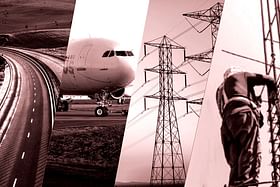From roll-out of four new Vande Bharat trains to opening of two new airports, the year 2022 witnessed a slew of marquee infrastructure projects across the country.
As the year 2022 draws to an end, let’s take a look at the major hits and misses in the world of infrastructure. We will also delve into what is expected on the infra front in the upcoming year.
Road Transport
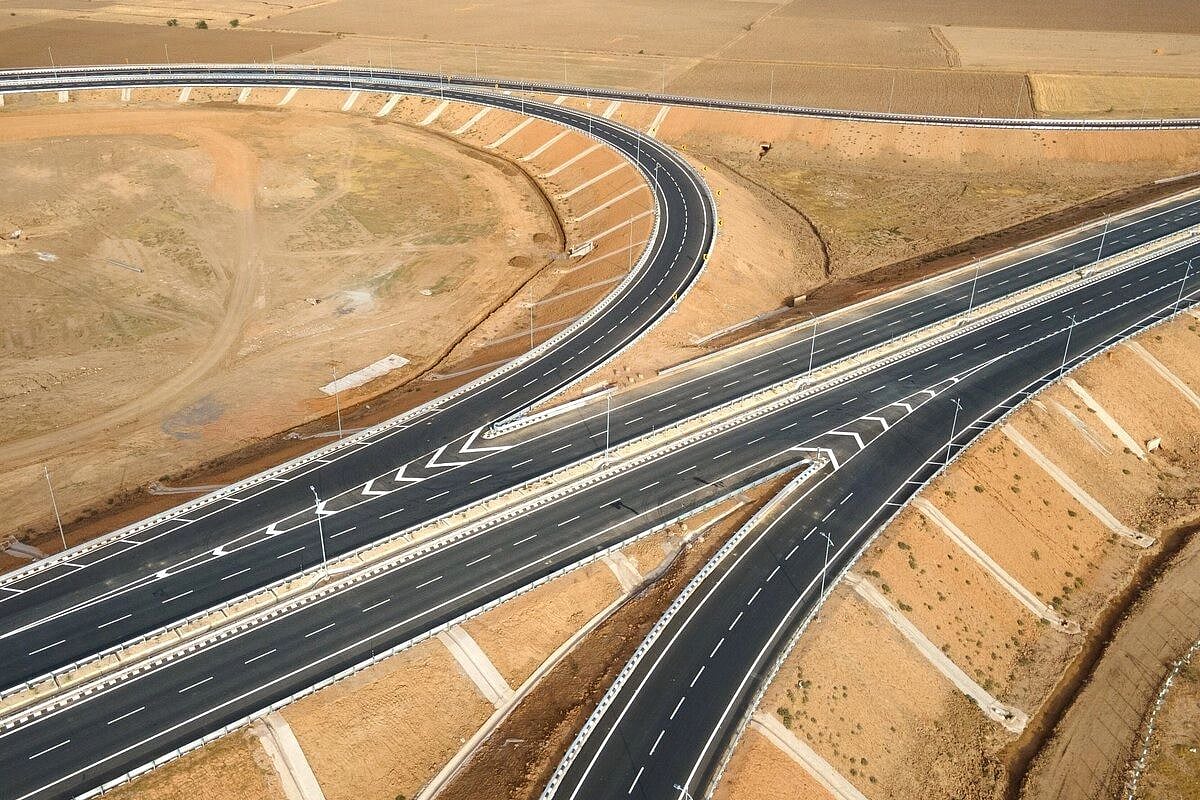
Weathering multiple twists and turns, the road sector saw more stretches of national highways (NH), completion as well and awarding of multiple projects in 2022.
- While work continued on the different Expressways and Corridors including Delhi-Mumbai Expressway, Delhi-Amritsar-Katra Expressway; tenders have been floated for Varanasi-Ranchi-Kolkata and Nagpur-Vijayawada expressways.
- The new year, will finally set the ball rolling for commissioning of Delhi-Mumbai Expressway (DME). At nearly 1350 kms, it will be India’s longest expressway and will reduce travel time between Delhi and Mumbai from 24 hours to 13 hours.
- The Sohna (near Gurugram)-Dausa stretch of the DME is all set to be inaugurated in the first month of the next year, with the complete project likely to finish by the first quarter of 2024.
- The big story emerging out of the road sector is how states are constructing a grid of expressway using their own resources.
Uttar Pradesh, the fourth largest state in the country, which not so long ago, was known for its pot-holed roads has emerged as the expressway capital of the country and boasts of 13 expressways – latest being the 296-km-long Bundelkhand Expressway which opened on 16 July 2022.
- Similarly, Maharashtra after a long time got a second expressway when the Mumbai-Nagpur Samruddhi Expressway was inaugurated on 11 December. The 701-km, six-lane road will reduce the travel time between Nagpur and Mumbai to seven hours.
The government has now planned to connect all 36 districts of Maharashtra, over the next two decades, through 5,000 km of access control expressways.
- A major challenge this year has been the slow pace of national highway construction in the country. While the pace of NH construction had touched a record 37 km per day in 2020-21, it has slowed to 28.64 km a day in 2021-22, due to pandemic-related disruptions and a longer-than-usual monsoon in some parts of the country. The centre is now working to address bottlenecks pertaining to land acquisition and government approvals that seem to have pushed highway construction into the slow lane.
Railways
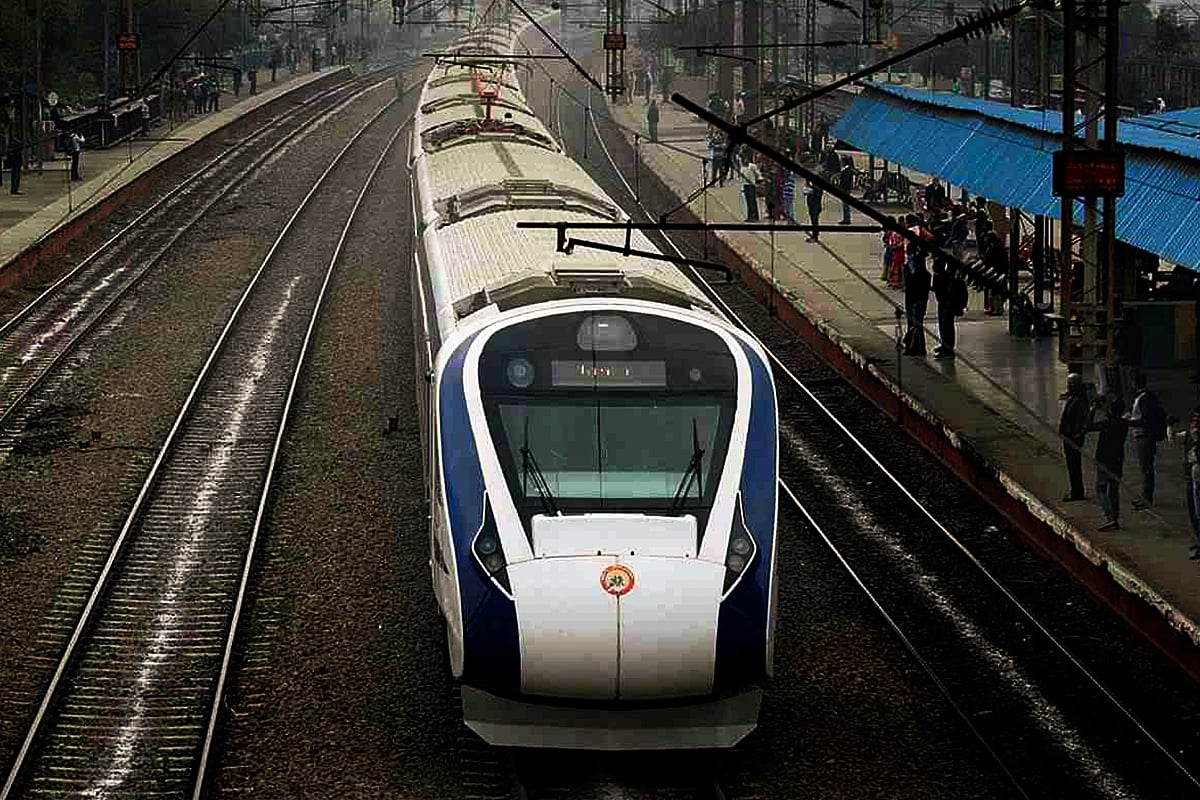
2022 has been a watershed moment for Indian Railways as it started inducting the country’s first indigenously developed semi-high speed Vande Bharat train on a mission mode with a resolve to roll out 75 such trains by August 2023.
- Six Vande Bharat trains are currently in service and the seventh has been flagged off on 30 December between Howrah and New Jalpaiguri in West Bengal.
- In 2022, the railway took a giant step in safety sector and installed an indigenously developed anti-collision device called ‘Kavach.’ Currently, ‘Kavach’ work is in progress on Delhi-Mumbai and Delhi–Howrah corridors (3,000 route Kms).
- Indian Railways’ mega-infrastructure project for dedicated freight movement, namely the Dedicated Freight Corridor (DFC) is finally taking shape.
A total route length of 1,610 Km which includes 799 Km of Eastern DFC and 811 Km of Western DFC has been completed out of total 2,843 Km till October 2022. The remaining stretch are likely to be commissioned in phases by December 2023.
- The country’s first ‘bullet’ train also known as Mumbai-Ahmedabad High Speed Rail (MAHSR) has cleared the hurdles for land acquisition in Maharashtra.
With more than 99 per cent land acquired for the project, there has been a significant uptick in the tendering activity, setting the stage for operating high-speed trains in Gujarat by the end of August 2027.
- The Railways’ plan to boost the speed of their freight locomotives have received a shot in the arm with tenders floated for 9,000 HP and 12,000 HP locos.
IR has already issued the Letter of Award (LoA) for manufacturing and maintenance of 1200 nos. of 9,000 HP electric locomotives to Siemens and is in process of finalising developer for 800 nos. of 12,000 HP locos.
Ropeways
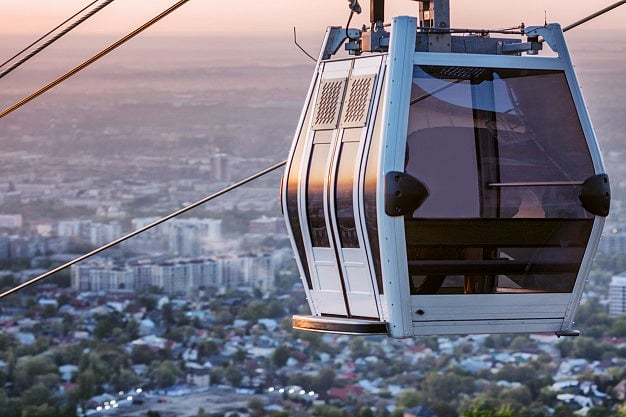
The ambitious National Ropeways Development Programme “Parvatmala” has received an overwhelming response, with a total of 256 projects proposed by various state governments for consideration under the scheme.
- Tenders have been floated for four routes: Sonprayag-Gaurikund-Kedarnath and Govind Ghat-Ghangaria-Hemkund Sahib in Uttarakhand; Ujjain Jn Railway Station to Mahakaleshwar Temple in Madhya Pradesh and Nature Park (Mohal) to Bijli Mahadev Temple in Kullu in Himachal Pradesh.
Of this, the foundation stone of 9.7-km Kedarnath ropeway and 12.4-km Hemkund ropeway was laid down by the Prime Minister in October 2022.
- The work on country’s first “urban ropeway” project – Varanasi ropeway in Uttar Pradesh will start in 2023. It has been awarded to awarded to an Indian firm, Vishwa Samudra Engineering and its technology partner Bartholet Maschinenbau AG of Switzerland.
- Himachal Pradesh has embarked on urban ropeway projects on a big scale to decongest cities. The state government has started work on 14.9-km ropeway in Shimla and planning to develop similar urban ropeway projects for Dharamshala and Manali, using its own resources.
Civil Aviation
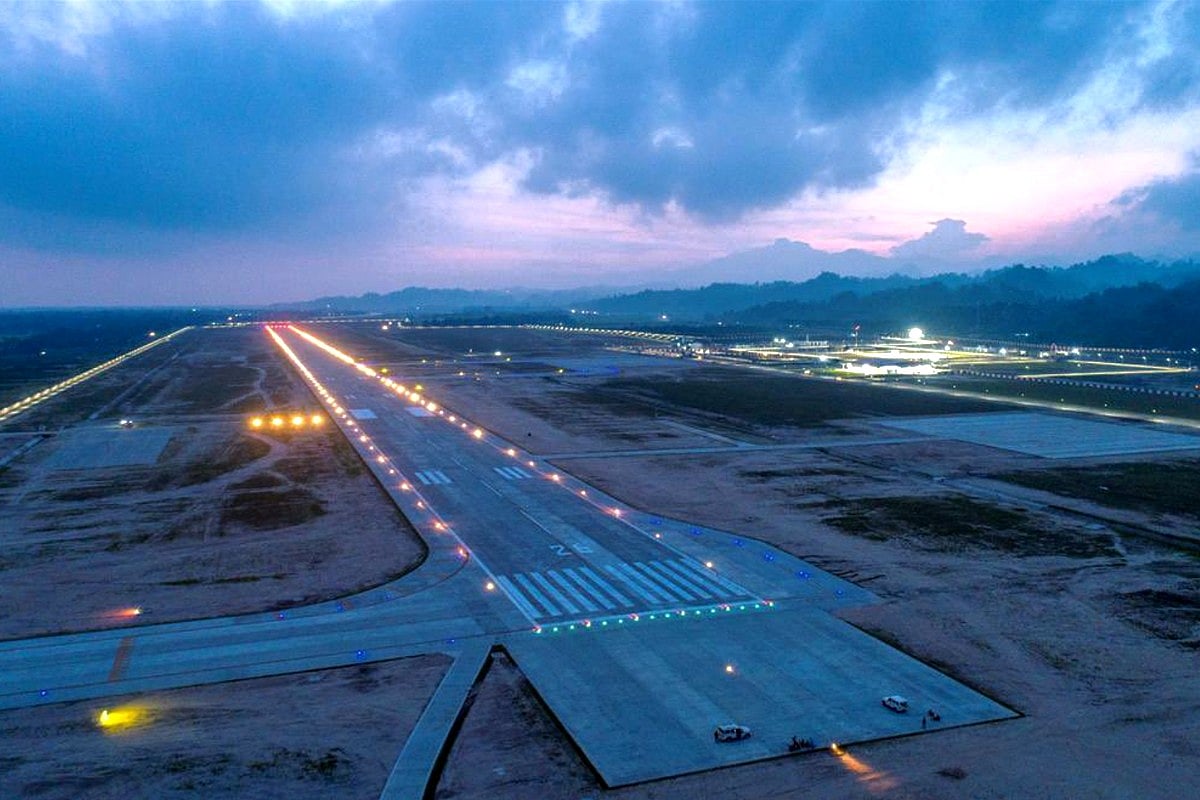
Two new greenfield airports – Donyi Polo Airport at Itanagar in Arunachal Pradesh and Manohar international airport at Mopa in Goa were inaugurated this year.
- Commercial operations at the new airport in Goa will start in early 2023.
- Apart from this, the work on the under-construction Hirasar airport at Rajkot in Gujarat and Shri Ram International Airport at Ayodhya is expected to be completed in 2023.
With the grand Ram Janmabhoomi temple in Ayodhya likely to be opened by early 2024, the new airport in the temple town will help make it a tourism hub of international standards.
- The government has kick-started the process to lease 11 more airports in the next fiscal. These 11 airports are part of the 25 airports earmarked for leasing over FY 2022 to 2025 as per National Monetization Pipeline (NMP).
- Digi Yatra, a project which aims to achieve contactless, seamless processing of passengers at airports based on Facial Recognition Technology (FRT) was launched on 1 December 2022 at Delhi, Bengaluru and Varanasi Airports.
The implementation at Kolkata, Pune, Vijayawada, and Hyderabad Airports is planned by March 2023.
- In a major step towards helping help India become the global capital for air sports, the government released National Air Sport Policy (NASP) in June 2022.
NASP 2022 lays out the vision of making India as one of the top sports nations by 2030, by providing a safe, affordable, accessible, enjoyable and sustainable air sports ecosystem in India.
- The government is actively pursuing the development of Maintenance, Repair, and Overhaul (MRO) sector.
While Airports Authority of India (AAI) has issued Letters of Intent (LOI) to the selected bidders for three sites of Bhopal, it is in the process of initiating tender action for MRO Round-2 for Begumpet (Hyderabad), Chennai and Juhu and two additional sites of Tirupati and four sites at Kolkata Airport.
Metro Rail
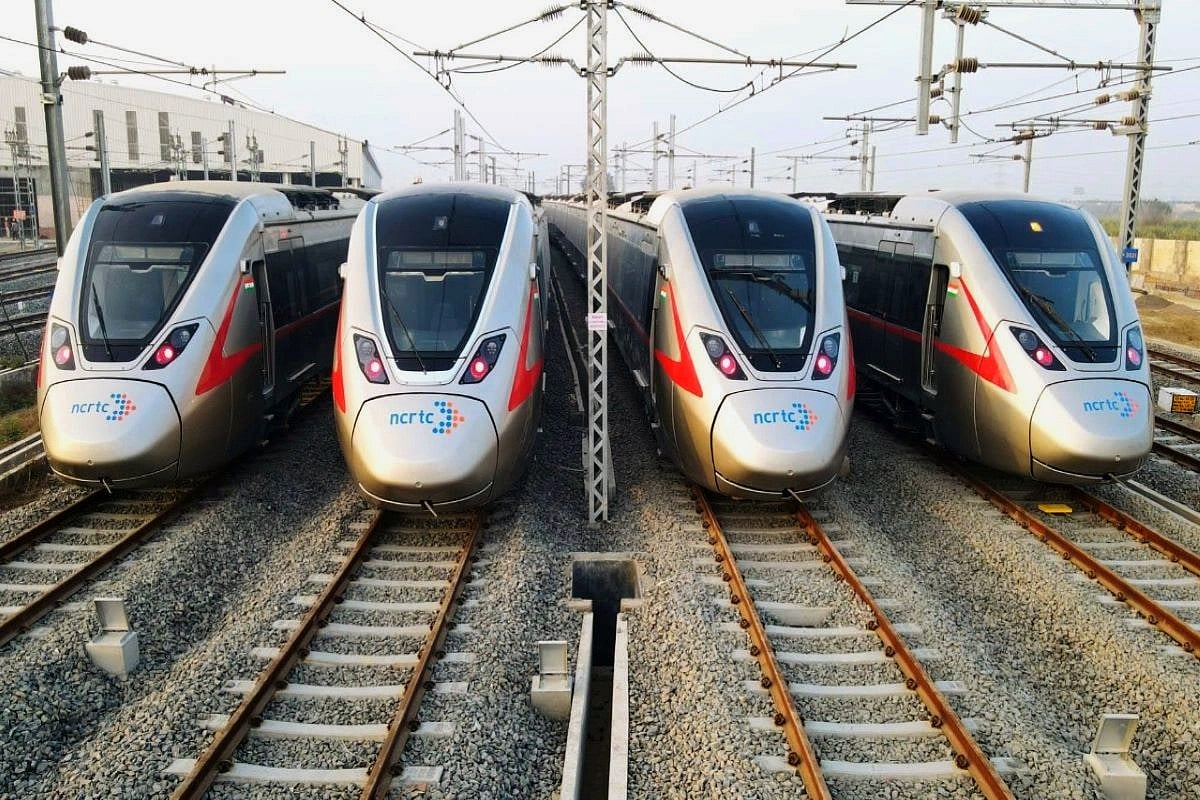
The government’s push on infrastructure development to enable ease of living – such as metro trains in cities was a success this year with commissioning of four new projects.
With this the length of operational metro rail projects has reached 824 kilometres and work on another 1,039 km is under work.
- The projects which were inaugurated this year include Pune Metro Rail Project in March, Ahmedabad Metro Rail Phase 1 in September, Phase I of Nagpur Metro in December and Joka-Taratala segment of the Kolkata Metro’s Purple Line on 30 December.
- Apart from this, Mumbai Metro’s two new lines 2A (Dahisar to Andheri West DN Nagar) and 7 (Dahisar East to Andheri East) are expected to be fully operational in January 2023, according to Metropolitan Region Development Authority (MMRDA).
- India’s first-ever underwater metro is also likely to be completed by December 2023. The 7.25-km metro line will connect Salt Lake to Howrah via Kolkata with a stretch below the Hooghly River.
- 2023 is the year when the country’s first Rapid Rail becomes a reality. The track that will open – 17km from Sahibabad to Duhai – will be 20 per cent of the 82km corridor from Sarai Kale Khan in Delhi to Meerut.
The National Capital Region Transport Corporation (NCRTC), which is building the RRTS, is set to start the trial run on the ‘priority section’. Once the priority section is completed, NCRTC will keep adding new sections in a phased opening of the corridor till 2025.
Inland Waterways
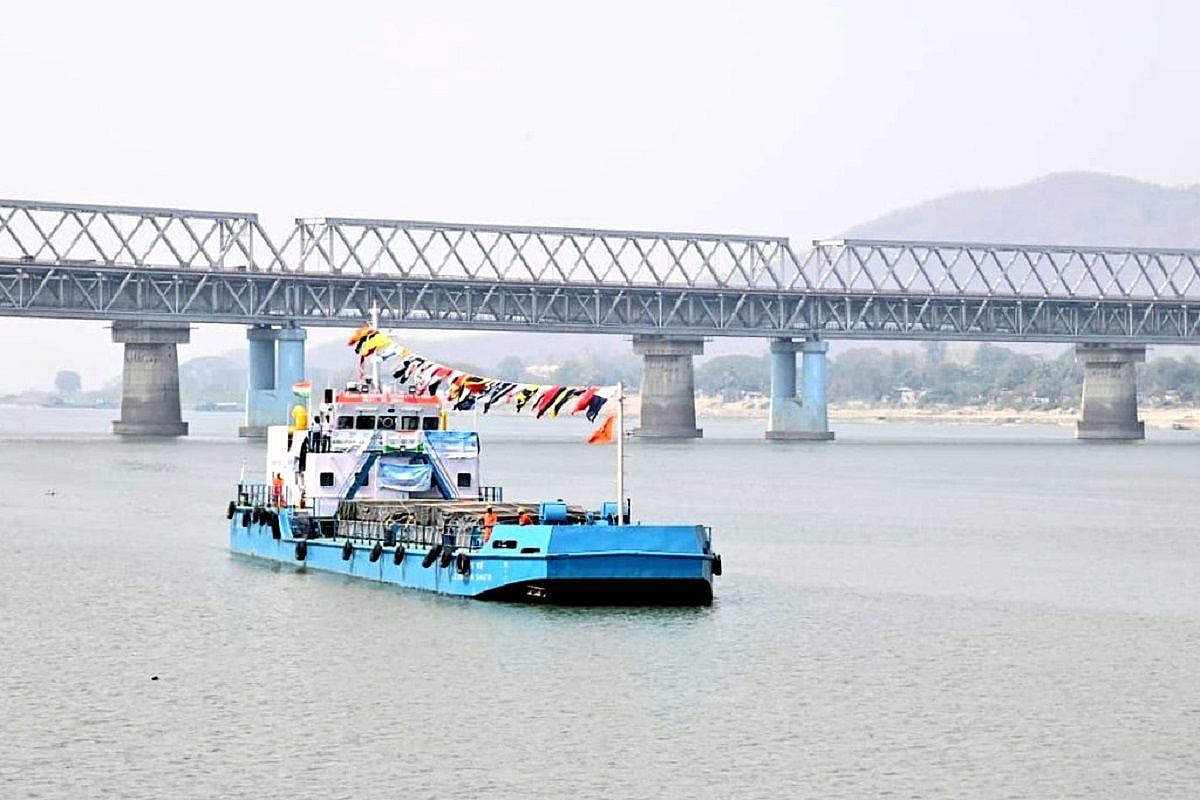
The Cargo movement on National Waterways is registering a sustained growth with the cargo movement touching 60.25 million ton for April to September, 2022 (an increase of 30 per cent as compared to Apr to Sep 2021 of 46.34 million).
- Expanding the scope of the National Waterways (NW), the Inland Waterways Authority of India (IWAI) has invited expression of interest (EoI) to operationalise three waterways: NW 10, 28 and 85 in the state of Maharashtra.
- The effort to reviving the inland water transport system for the Northeast is finally bearing fruit.
The MV Lal Bahadur Shastri carrying 200 metric tonnes of food grains docked at Guwahati’s Pandu port on Brahmaputra on 06 March rekindling the hope for the inland water transport system which the landlocked northeast depended on heavily before India’s independence in 1947.
- Cochin Shipyard has signed a MoU with the IWAI to build the country’s first hydrogen fuel cell catamaran for operation in Varanasi and electric hybrid vessels for Uttar Pradesh and Assam.
Based on the success of the project, the technology can be adopted for greening of cargo vessels and small country crafts, enabling significant reduction in pollution levels in the national waterways.
Infrastructure development has been a major focus area for the government, so much so, that it is slated to be instrumental in meeting the government’s aim to become a $5 trillion economy by 2025.
The sectoral outlook over the next year presents a bright picture. It is lined with a pipeline of major projects – supported by significant funding and financing.


